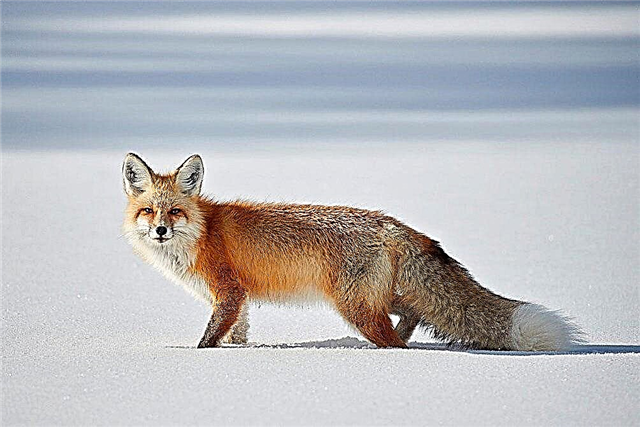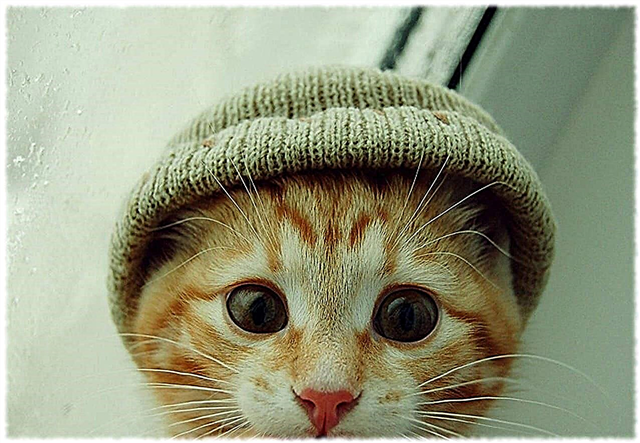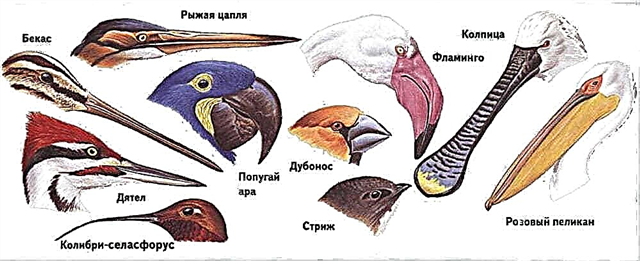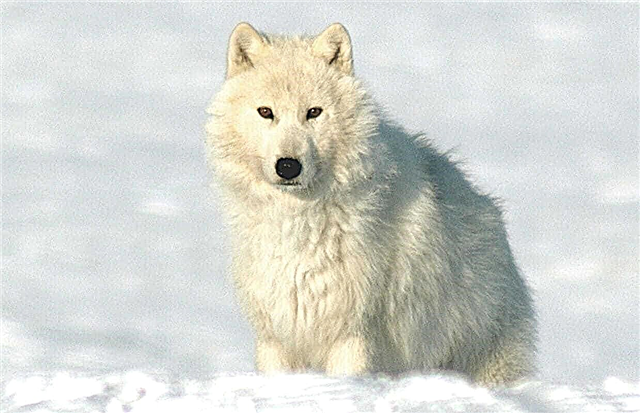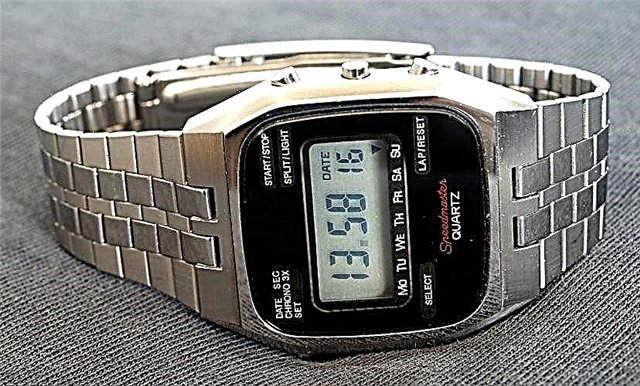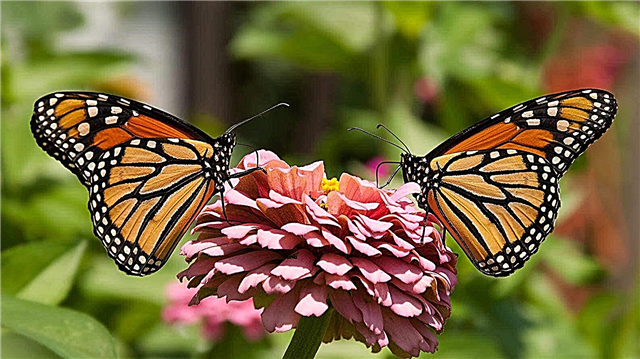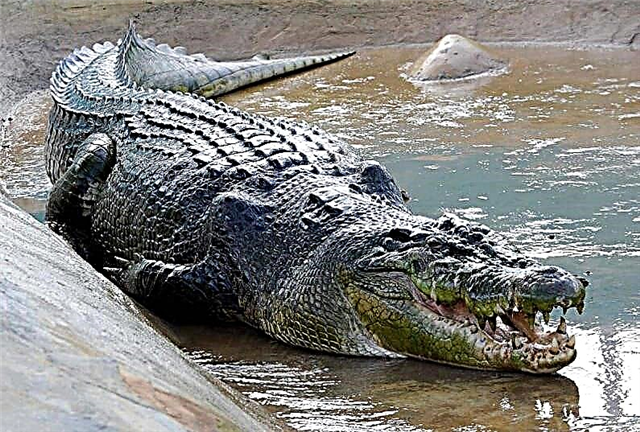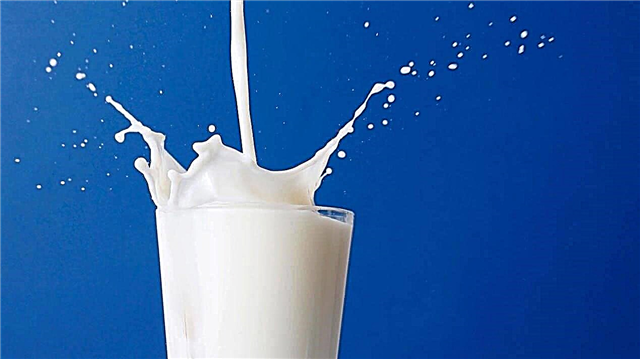
Wounded by cars and wounded birds - unfortunately, the phenomenon is quite common. In this case, an operation performed by an experienced specialist can help.
If you are not one, then from the very best intentions, by providing assistance, you can do harm. If the feathered wing is cut off, the balance will be disturbed and he will not be able to walk. Therefore, wings, paws and eyes are important to maintain. If the bone grows together as it should, it can serve for balance. If the chick got to a person, then he will not survive without parents, as his parents teach the chick the basics of survival. Do not pick up the chicks, you only harm them. His parents will find him. But if you touch him, then the parents of the chick will not recognize him. The chick is doomed to death.
Bird feeding
If you still find the affected bird, you need to determine what it eats in nature. For example, an eagle will never eat bread. Songbirds will starve to death, but will not eat meat.
First Aid Bird
Before contacting an ornithologist, first aid should be provided to the feathered brother. Be sure to water the bird - can be done with a syringe. This procedure is vital so that dehydration does not occur. Then urgently contact a specialist. Do not put the bird in a cage. Prepare a box for this purpose. You can make holes in it for additional ventilation.
How to let the bird out
If, after treatment, you decide to release the bird into the wild, you must first examine it. Pay attention to the condition of her feathers.A bird with damaged feathers will not fly away from the predator and will not get food and drink for itself. Rehearse her flight at home. Close windows and windows.
If the bird sat in a small cage, it will be difficult to fly. Need to create a space to strengthen the wings. It can be a balcony. Equip it with a feeder and water. Better to release a bird out of town.
What bird diseases are dangerous for humans?
In helping the bird, it’s important not to harm yourself and your family. Avian diseases can endanger your health. A fairly common disease that can be transmitted from birds is salmonellosis. The causative agent affects the nervous system and disrupts the functioning of blood vessels. The disease can manifest itself in 2 hours, and maybe later.
- Ornithosis, or "parrot disease," is transmitted by penetration into the respiratory tract and causes signs of pneumonia.
- False tuberculosis is similar in symptoms to a flu disease. May be accompanied by rashes on the arms and legs.
- Campylobacteriosis is associated with fever, weakness, abdominal pain and vomiting.
- Newcastle disease provokes an increase in temperature. May be accompanied by conjunctivitis.
Precautionary measures
If you still decide to help the bird, take care of yourself. Do not touch the bird with your bare hands. Use gloves or a rag. Feed your bird only with protected hands. After contact with a feathered pet, rinse your hands thoroughly in running water and disinfect them.
What needs to be explained to children?
Because of their compassion and inexperience, children can become victims of bird diseases. Teach your children not to pick birds on their own. Let it be reported to you. Take action to rescue the birds together.
The danger of pigeons to humans

Most often we can meet pigeons. They live near us. Moreover, both healthy and sick. A sick pigeon can be a serious danger to humans. Such a bird looks disheveled, frozen in one pose. Do not rush to help such birds. You can primarily harm yourself and your family. Pigeons are able to carry about 70 different microorganisms. They are especially dangerous for young children and people with weakened immune systems.
Do not contact with pigeons during pregnancy. Do not walk with the baby in places where there are especially many of them. And if you really want to feed the birds, do it in rubber gloves.
A few years ago in Moscow began a massive pest of pigeons. At first they thought that someone was poisoning them. Live pigeons looked lethargic. They did not fly, did not eat, were not afraid of people. Often met birds buried in the asphalt. These were salmonellosis infection and Newcastle disease. Both are easily transmitted to humans. Even if the bird is healthy, then it can be a carrier of the disease. Sick pigeons should not be helped. In no case should they be picked up, stroked and fed. In our dangerous world, we need to learn to combine empathy, compassion and caution, insight. Take care of birds and watch out for yourself!

